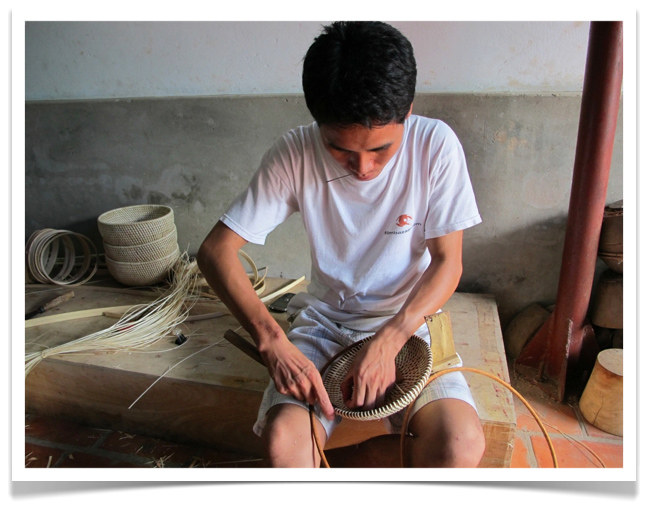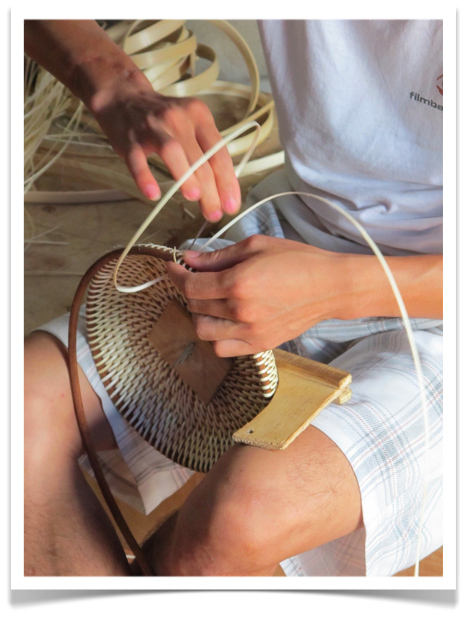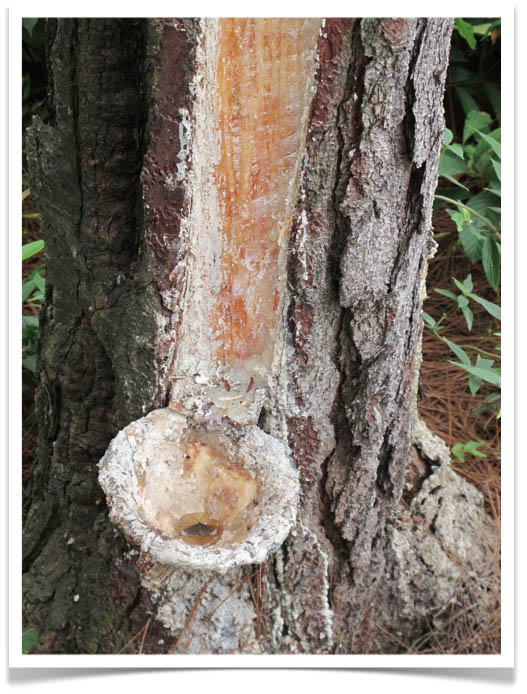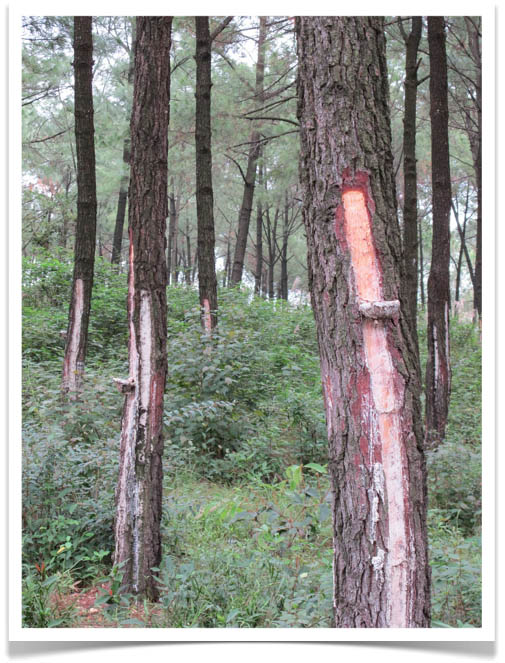Stuck
 Tuesday, July 19, 2011 at 6:43AM
Tuesday, July 19, 2011 at 6:43AM Mr. Cuong's window started sliding down every time we would hit a bump. Which happened a lot. He tried to wedge some folded-up pieces of paper into the window frame to keep it up, but it kept sliding down - and letting out all of the air conditioning. He finally pulled off the road in a shady spot to remove the door panel and fix the problem, and sank into about two feet of beach sand. Stuck.
Before too long, a local farmer on his tractor passed by, sized up the situation, and pulled over to help. He had us back out on the road in no time. [NOTES: After he pulled us out, the farmer stopped, undid the ropes, gave us a wave, and drove off. So much for the idea of giving him a tip. Mr. Cuong later pulled over on a firm surface in front of a tea shop and fixed the problem with the widow].











